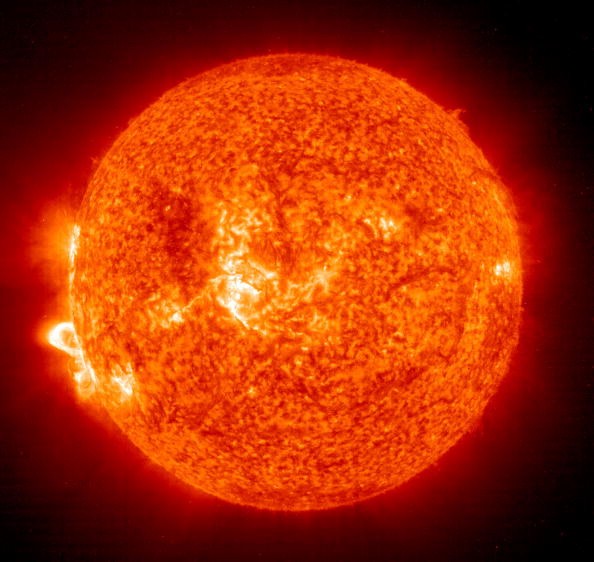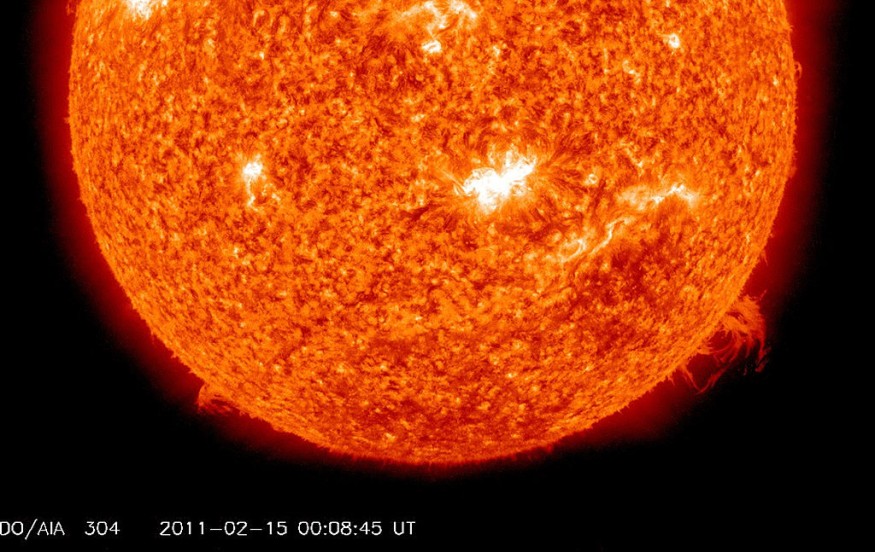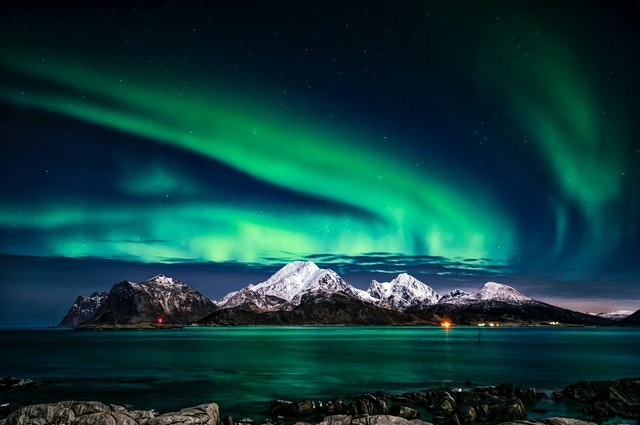According to a space weather forecast, a solar storm that burst from the sun on Monday (Dec. 20) might intensify northern light displays near the north pole just in time for Santa's visit this weekend.

CMEs

A coronal mass ejection, or CME, is a violent outburst of magnetically charged particles and plasma from the sun's outer atmosphere, the corona, that triggered the solar storm. CMEs can cause geomagnetic storms that interrupt satellite systems and shut down power grids if directed at Earth. On the other hand, the rise of auroras in the regions near the North and South Poles, where these beautiful displays occur, is a more favorable consequence of these phenomena.
The CME erupted from the sun at 6:36 a.m. on Monday. On Thursday, around 1:36 a.m. EST (1:36 a.m. GMT), it is projected to reach Earth (Dec. 23). According to Spaceweather.com, it was caused by a massive M1.9-class solar flare that erupted from a sunspot known as Active Region 2908.
"Due to coronal hole geomagnetic activity augmentation and the possibility of a mild coronal mass ejection coming on the 23rd, the auroral oval is expected to be modestly enhanced at high latitudes from the 22nd to 24th," the Met Office noted on its website.
Related Article : NASA Finally Entered Sun's Atmosphere for the First Time
Solar Activity
According to the European Space Agency's (ESA) Space Weather Network, the sun has been particularly active in the last week, with multiple active zones sprouting up on its scorching surface in the run-up to Christmas.
According to the Met Office, the geomagnetic storm caused by the Monday CME is only predicted to be mild. When charged particles from the sun collide with the planet's magnetic field, geomagnetic storms occur. These particles will be redirected above the poles by the Earth's magnetic field lines, which is why we observe auroras in these areas.
"During storms, ionosphere currents, as well as energetic particles that precipitate into the ionosphere, contribute energy in the form of heat, which can increase the density and distribution of density in the upper atmosphere, generating extra drag on satellites in low-earth orbit" according to the SWPC.
"The local heating also causes substantial horizontal changes in ionospheric density, which can alter the route of radio signals and cause mistakes in GPS locating data."
Read also: Solar Storm Warning: Massive Explosion from a Nearby Star Might Affect Earth in Near Future
A Brighter Note

On a brighter note, Dr. Skov predicted that the impending solar storm might produce spectacular aurora displays. The aurora borealis, often known as the Northern Lights, is the most well-known example of an aurora.
"Expect aurora, potentially down to mid-latitudes," she predicted.
For more cosmic news, don't forget to follow Nature World News!
© 2025 NatureWorldNews.com All rights reserved. Do not reproduce without permission.





